MANF regulates metabolic and immune homeostasis in ageing and protects against liver damage
- PMID: 31489403
- PMCID: PMC6727652
- DOI: 10.1038/s42255-018-0023-6
MANF regulates metabolic and immune homeostasis in ageing and protects against liver damage
Abstract
Aging is accompanied by altered intercellular communication, deregulated metabolic function, and inflammation. Interventions that restore a youthful state delay or reverse these processes, prompting the search for systemic regulators of metabolic and immune homeostasis. Here we identify MANF, a secreted stress-response protein with immune modulatory properties, as an evolutionarily conserved regulator of systemic and in particular liver metabolic homeostasis. We show that MANF levels decline with age in flies, mice and humans, and MANF overexpression extends lifespan in flies. MANF deficient flies exhibit enhanced inflammation and shorter lifespans, and MANF heterozygous mice exhibit inflammatory phenotypes in various tissues, as well as progressive liver damage, fibrosis, and steatosis. We show that immune cell-derived MANF protects against liver inflammation and fibrosis, while hepatocyte-derived MANF prevents hepatosteatosis. Liver rejuvenation by heterochronic parabiosis in mice further depends on MANF, while MANF supplementation ameliorates several hallmarks of liver aging, prevents hepatosteatosis induced by diet, and improves age-related metabolic dysfunction. Our findings identify MANF as a systemic regulator of homeostasis in young animals, suggesting a therapeutic application for MANF in age-related metabolic diseases.
Figures
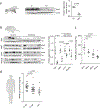
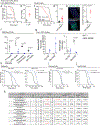
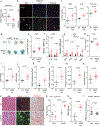
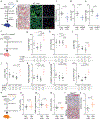

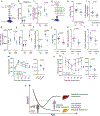
References
Publication types
MeSH terms
Substances
Grants and funding
LinkOut - more resources
Full Text Sources
Other Literature Sources
Medical
Molecular Biology Databases
Miscellaneous

